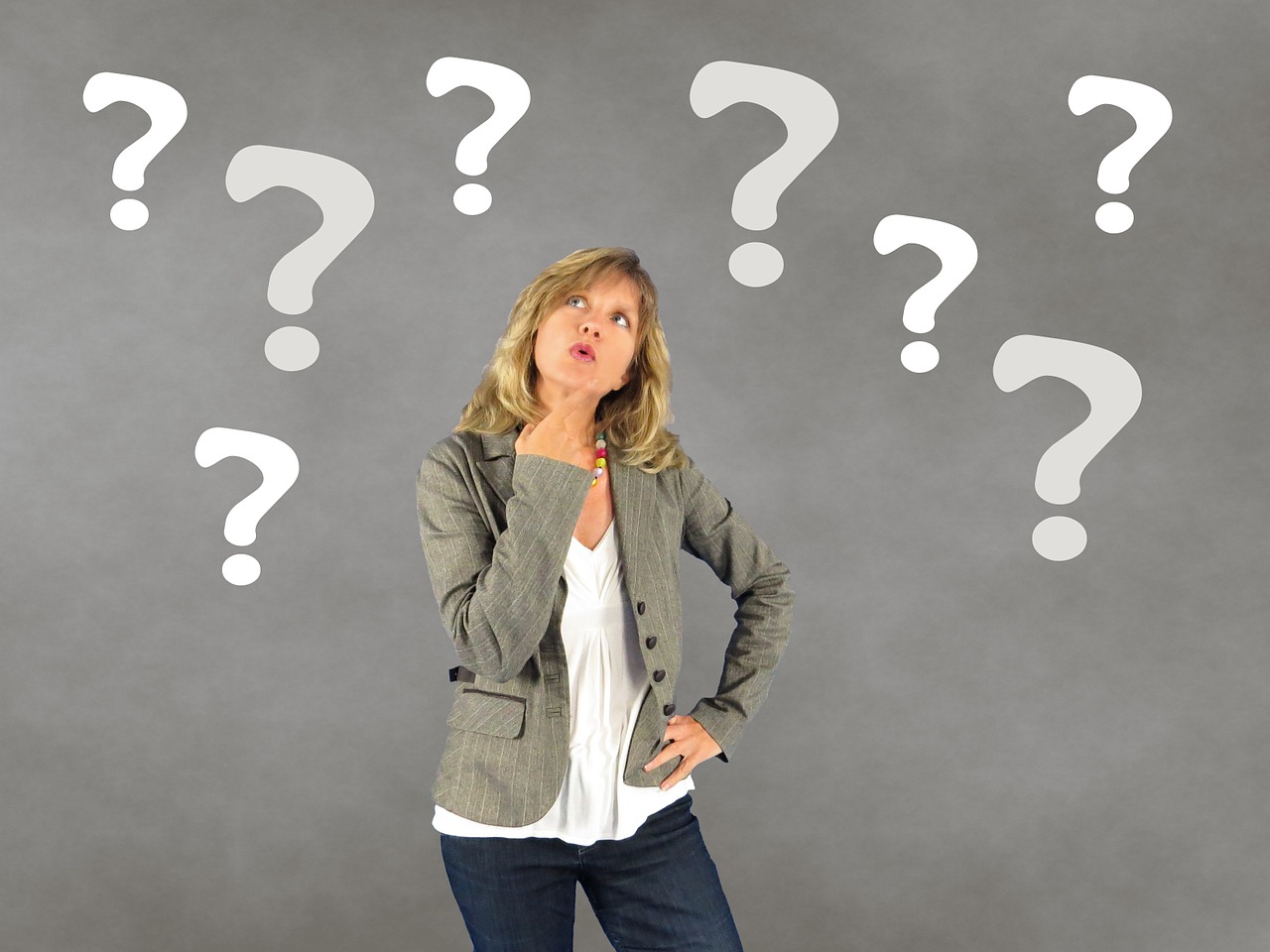
So much of retirement planning focuses on the financial planning – providing guidance on investment balance, cash flow management, and how much should you save. But very little talks about How-to-define your retirement life – the (many) days after the big day. How do you create your best retirement life versus just allowing it to (magically) happen? Looking back on this past year, I realized I have not only crafted a new-life, but I also used a clear “how to process” for getting there. For many years, I worked in R&D doing consumer product and brand innovation. I was an expert in the innovation process, often leading teams through the process to define action plans to reach future business goals. So when I retired, I used these skills on myself, looking at me as the “product”. I certainly needed to be re-invented…from a workaholic to a what?
Why did I look to reapplying an innovation process for myself? When working on a product category or a brand, you spend a lot of time thinking about how to grow the business. The innovation process focuses first on defining the future state: “what is the vision – what will the product or brand BE in 5 or 10 years?” This fits so well with retirement transition – Who do I want to BE in 5 or 10 years? Innovation visioning is understanding what does the Company need this product/brand to do/be (the value of the product; fit in Company portfolio), what are the key strengths the current product/brand has to leverage, and what is the future world/environment going to be like. This is similar to the values work, strengths understanding, and life-domain exploration in a personal innovation process.
After the vision is clear, the innovation process is about ideating all the possible things we can do on the product/brand to reach that vision. And then time is spent on converging to the best ideas by assessing the possibilities versus the vision and resources. This is similar on a personal basis…creating a life possibilities list (one person I know calls it his never-be-bored list!) and then assessing the best ideas (those that match values, skills and interest) to put into action.
Once the lead ideas are chosen, it’s activate the journey – from try-on some ideas (similar to R&D research & prototyping) while others can move direct to action (the easy and obvious ideas were often moved immediately to execution).
Things to understand about innovation (whether for a brand/product or a person):
Innovation takes time. You need time to reflect and to ideate. Time to contemplate and assess. Defining the future state you want is just as important as identifying what is needed to get there. And sometimes you need to live with the vision awhile to see if it “feels right”.
Innovation takes creativity. All the clichés about creativity – thinking out of the box, playing like a kid, think big, think different – do them. And yes, everybody is creative.
Innovation takes effort. This takes mind-work – contemplating, envisioning, researching, and maybe even some prototyping and reiterating. When on brands/products, I found it took teams 3-9 months to work through the steps of innovation. For my personal innovation, I found it took even longer, as I needed to manage through the “loss of work”, as well as having no idea what future state I wanted. But 16 months in, I have a vision and a plan activated.
It’s been exciting to apply my innovation expertise to this new “brand that is me”. I hope the innovation here is as successful as it was when I did it on my previous brands/products.


